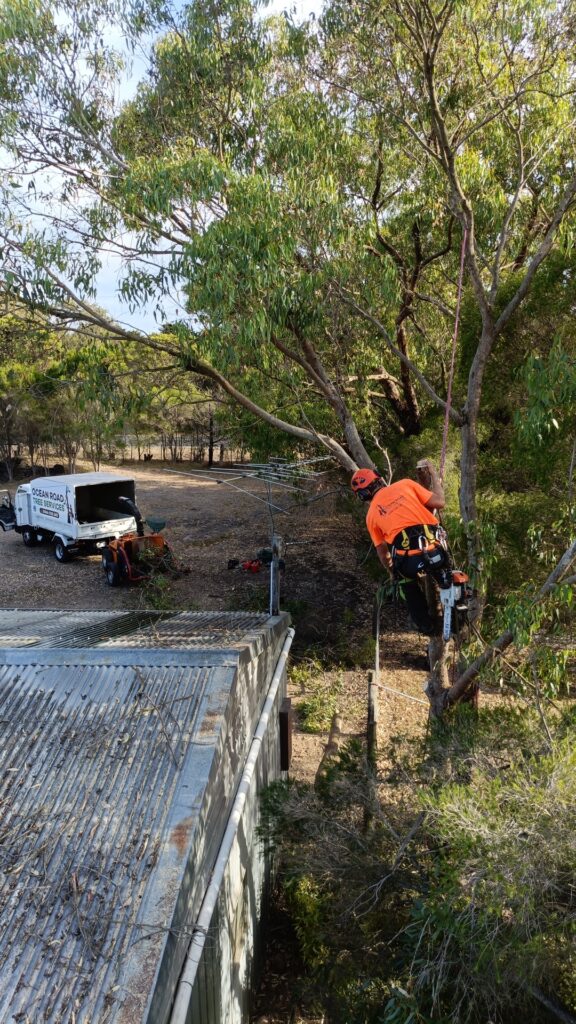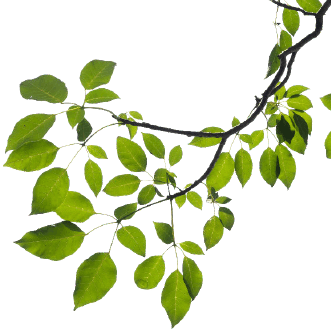- 2072 Pinnickinick Street, WA 98370
- [email protected]
Tree Pruning
Most people associate tree pruning with styling, shaping, and improving the tree’s aesthetics. That’s partly true, but there’s more to it. If done correctly, tree pruning has multiple benefits, including better health, structure, and form. To get the best out of your vegetation and trees, you need a professional service, such as Ocean Road Tree Services.
Maintain Trees with Ocean Road Tree Services
Tree pruning prevents tree failure and can increase its life expectancy. A correct technique reduces the likelihood of branch/stem failure. It’s a process that requires in-depth tree assessment, pinpointing dead branches and spots that may lead to a potential tree failure.
You need a professional service like Ocean Road Tree Services to conduct a proper assessment. We can help maintain your trees by aerial inspection, followed by applying the right pruning techniques.
We offer the best tree management solutions to ensure they retain their health, shape, and structure. Ocean Road Tree Services adheres to Australian Standards AS 4373, along with the local regulations.
Get your trees in shape.

Tree Pruning Basics: What You Need to Know
Do you wish to improve the aesthetics of your garden or landscape? Or are you looking to promote strong and healthy trees? Or perhaps you want to reduce the likelihood of tree failures. Whatever the reason may be, you need qualified professionals to prune your trees.
That’s because tree pruning can be daunting. Carrying this out without prior experience may backfire. Why?
- Firstly, you need the basic know-how of several different pruning techniques and their implementations.
- Secondly, you need the right equipment to carry out the entire process without causing harm to other trees and animals in your surroundings.
- Thirdly, you need to know that it is the perfect time to prune the tree; otherwise, it can have a negative impact on the tree’s health.
Tree specialists at Ocean Road Tree Services can advise you on how to manage your trees. They will suggest the best approach after inspecting the tree’s condition.
Different Types of Tree Pruning
Based on your requirements, we’ll suggest you one or more of the following techniques:
Maintenance Pruning
Often, tree branches reach roofs, gutters, power lines, and fence lines, causing various hindrances to people. With maintenance pruning, you can prevent tree branches from growing towards building structures. Our experts will make sure that the trees remain harmless and maintain good health and shape for a long time.
Weight Reduction
If the branches and stems become heavier or overextended, the tree may lose its natural shape and balance. This is where weight reduction (branch-end) pruning can help. By shortening overextended branches, the weight on the tree will reduce, and eventually, it will retain its natural shape and balance.
Deadwood and Hazardous Branch Removals
Branch failure is often caused by dead or damaged tree branches. These branches not only pose a threat to the tree’s health but are also a serious safety risk for human beings and animals.
Formative Pruning
Young trees (aging between the second and fourth season after plantation) require formative pruning to ensure they reach their full potential. This technique helps younger trees achieve the best shape, canopy coverage, and overall health.
Formative pruning involves removing or reducing defects, for example:
- Crossing branches
- Included stems
- Co-dominant stems
- Overextended (or heavy) branches
- Epicormic growth
Canopy-Related Pruning Techniques
Canopy Thinning
It’s a multi-purpose technique that creates a more open canopy by removing duplicate branches or crossing branches. It enhances sunlight penetration. Canopy thinning is effective for trees grown in restricted spaces. Moreover, if there are plants or vegetation under the tree, this is the right technique to use.
Canopy Uplifting
You can resolve the problem of low canopy above the ground or structures by uplifting the lowest branches of the tree. Canopy uplifting is suitable for trees that may cause hindrance for pedestrians, houses and vehicles.
Canopy Reduction
If you want to reduce the overall spread and size of the canopy without compromising on its natural shape, utilize canopy reduction pruning. If the trees are becoming too large with respect to their surroundings or are too bulky, canopy reduction is the best solution.
Find out which technique suits your trees.
FAQs
How much will this cost?
Can i prune my neighbours tree?
You can trim branches, leaves, or roots that overhang your property line, but there are important considerations:
- Check with the Surf Coast Council first to determine if the tree is protected or subject to an environmental overlay. If so, you’ll need a permit.
- If the tree isn’t protected or you have a permit, you can cut back anything crossing your boundary. This is called the right of abatement.
- The cost of trimming is your responsibility unless agreed otherwise with your neighbor.
- Return the cut branches and leaves to your neighbor as they remain their property, unless you both agree differently.
- It’s best to discuss your plans with your neighbor beforehand. Explain the relevant laws and your intentions, including where you’ll place cut branches. This can help prevent misunderstandings and may lead to a better outcome.
Remember, good communication with your neighbor is key to maintaining positive relations while addressing overhanging vegetation issues.
Can i prune protected trees?
Generally, you can cut it back whenever you want unless it’s protected by an environmental overlay. Your local council can tell you if it is and if so, you’ll need a permit.

Expert Care for Your Trees:
Our Certified arborists provide expert tree care. Contact us today!

About Us
Copyright © 2024 Ocean Road Tree Services. All rights reserved.
Committed arborists passionate about preserving the Surf Coast’s trees. Trusted partners delivering professional, safe, and sustainable tree care across the Surf Coast and Geelong region.
Navigation
- Home
- Pages
- About Us
- Services
Quick Link
- Contact Us
- FAQs
- Booking
- Pages
About Us
Committed arborists passionate about preserving the Surf Coast’s trees. Trusted partners delivering professional, safe, and sustainable tree care across the Surf Coast and Geelong region.

